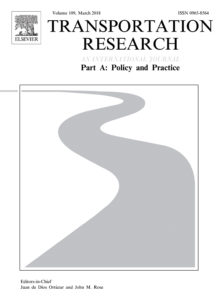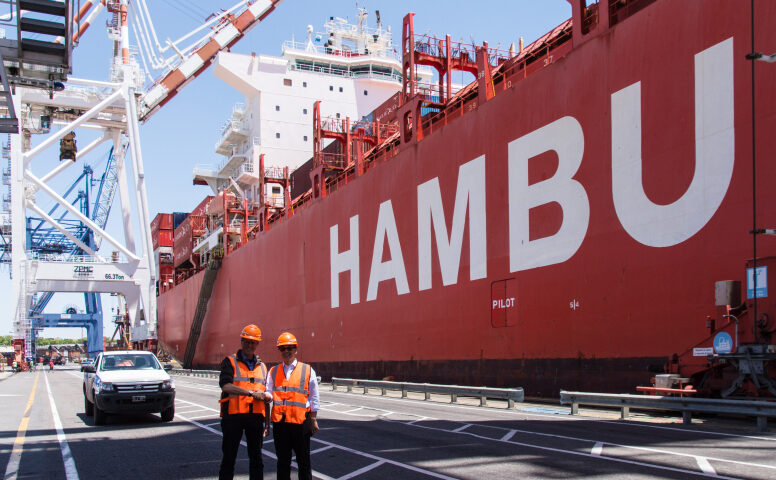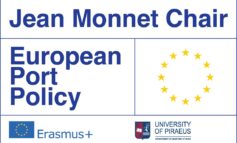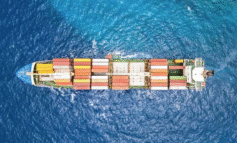 Port authorities have transformed to hybrid organizations mostly disassociated from operational activities and port services provision. Still, they maintain a key role as managing bodies advancing the prospects of respective port and associate clusters. Marketing is among the functions working towards this end.
Port authorities have transformed to hybrid organizations mostly disassociated from operational activities and port services provision. Still, they maintain a key role as managing bodies advancing the prospects of respective port and associate clusters. Marketing is among the functions working towards this end.
In a new port study, PortEconomics members Francesco Parola and Thanos Pallis – joined by Marcello Risitano and Marco Ferretti – develop an innovative conceptualization of the marketing strategies developed by Port Authorities (PAs), framing a relevant case of hybrid organisation into a business marketing perspective.
The study – that has been published in the distinctive journal Transportation Research Part A (Policy and Practice) – employs business marketing perspectives and their applications in hybrid organisations to introduce a novel conceptualisation of PA marketing strategies.
Within this theoretical angle, their study builds a multi-dimensional framework on PA strategic positioning that combines
- PAs’ marketing objectives in various Strategic Business Areas;
- the multi-faceted geography of the targeted salient stakeholders; and
- the induced portfolio of marketing actions, whose ramifications unveil virtuous cross-fertilization effects and fuel the success of PA marketing strategies.
This model enables to identify five different patterns of market coverage across diverse strategic business areas.
PortEconomics is pleased to let you know that you might download the final version – containing full bibliographic details – by clicking on the following link before May 10, 2018:
Parola F., Pallis A.A., Risitano M, Ferretti M. (2018), Marketing strategies of Port Authorities: A multi-dimensional theorisation. Transportation Research Part A 111, pp. 199–212.












